Capella Space
Capella Space is a privately hold space start-up company that provides on-demand 50cm high-resolution Synthetic Aperture Radar (SAR) Earth observation imagery. The company is developing a constellation of 30 small Micro-satellites for easy access to frequent, timely and flexible information affecting dozens of industries worldwide.
Capella’s high-resolution SAR satellites are matched with unparalleled infrastructure to deliver reliable global insights that sharpen our understanding of the changing world, improving decisions about commerce, conservation and security on Earth.
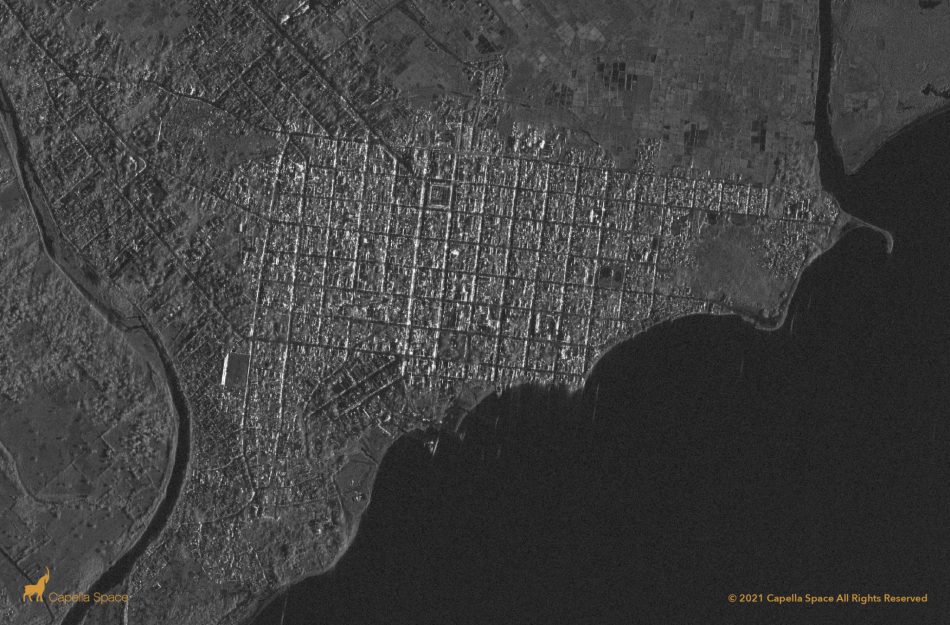
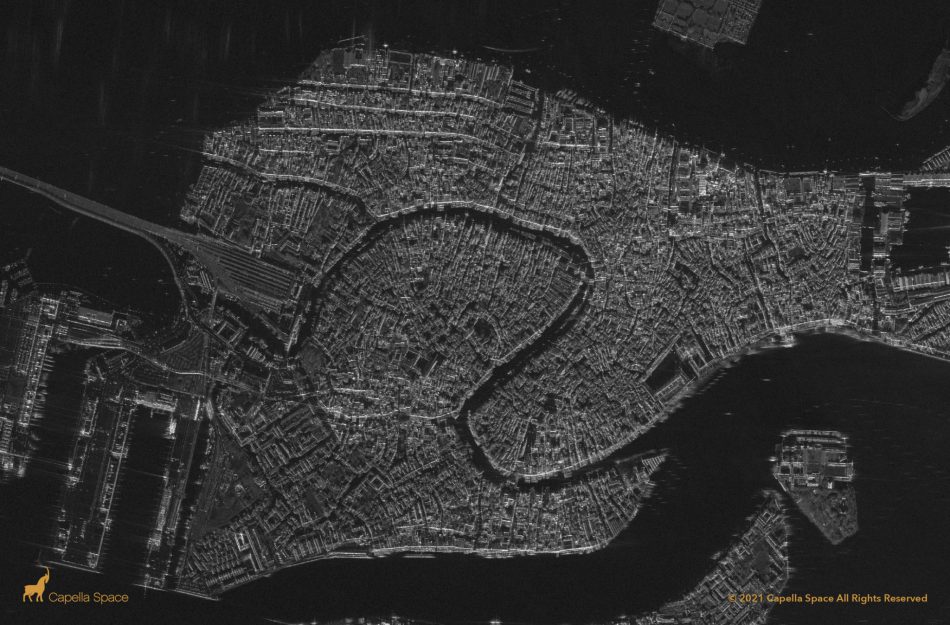
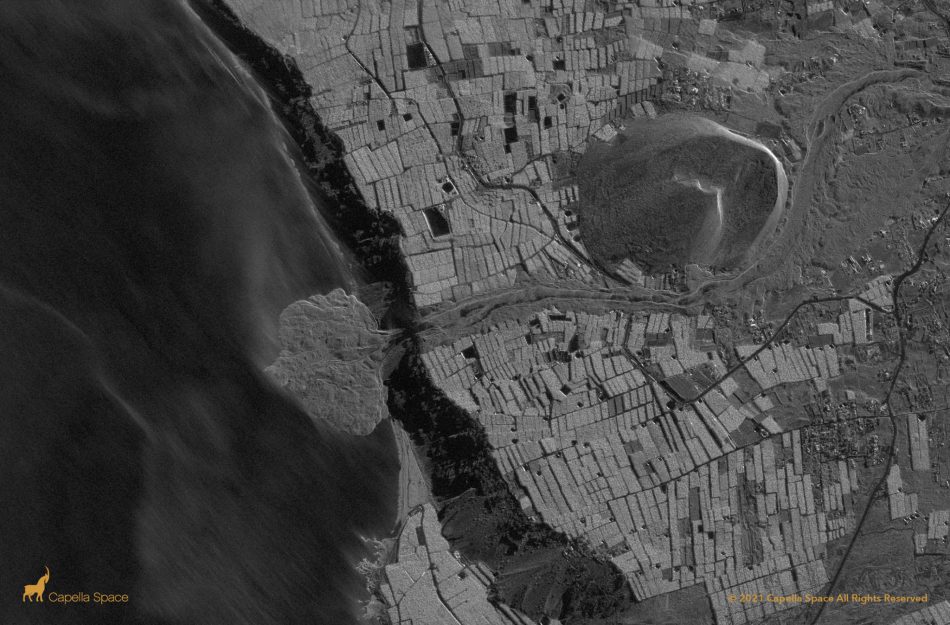
Capella Space was established in 2016 and is based in San Francisco, California, USA. Their first commercial SAR satellite, Capella-1, was launched in 2018 with a Falcon 9 rocket operated by SpaceX.
Company History
Capella Space was founded in March 2016 by Will Woods (CTO), Uri Tintore (CFO) and Payam Banadazeh (CEO), to enable a richer understanding of our planet in entirely new and powerful ways. The company saw an opportunity to use Synthetic Aperture Radar (SAR) to monitor the Earth, including the 75% that is either covered in the darkness of night or obscured by clouds.
On March 12th, 2018 the company’s first commercial SAR satellite, Capella-1 (Denali or SpaceCap), was launched on the SSO-A Ride-share mission with a Falcon 9 rocket operated by SpaceX.
In early 2020, Capella signed contracts with the US Navy and the National Geospatial-Intelligence Agency to allow researchers from the U.S. government’s intelligence community to assist Capella. An inter-satellite link with Inmarsat’s network of geostationary communications satellites would enable real-time tasking of Capella’s satellites. Customers could then use an electronic portal to task a Capella satellite for a radar image.
In January 2020 Capella Space unveiled the new design for its Whitney satellite constellation consisting of seven Synthetic Aperture Radar satellites scheduled to launch in 2021. The satellites, weighing 100kgs, are about twice the size of Denali, Capella’s 48kgs technology demonstration spacecraft that was launched in December 2018.
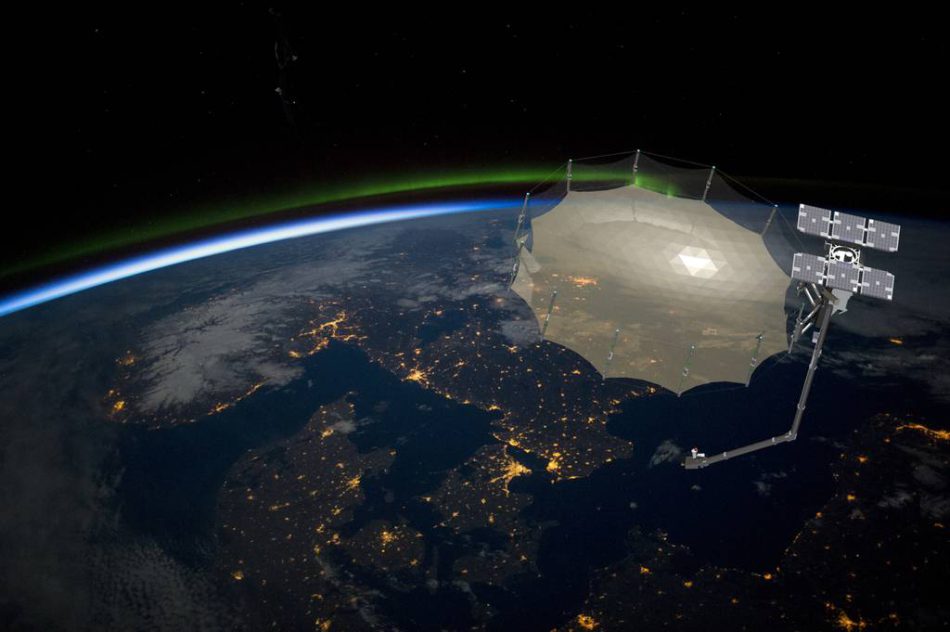
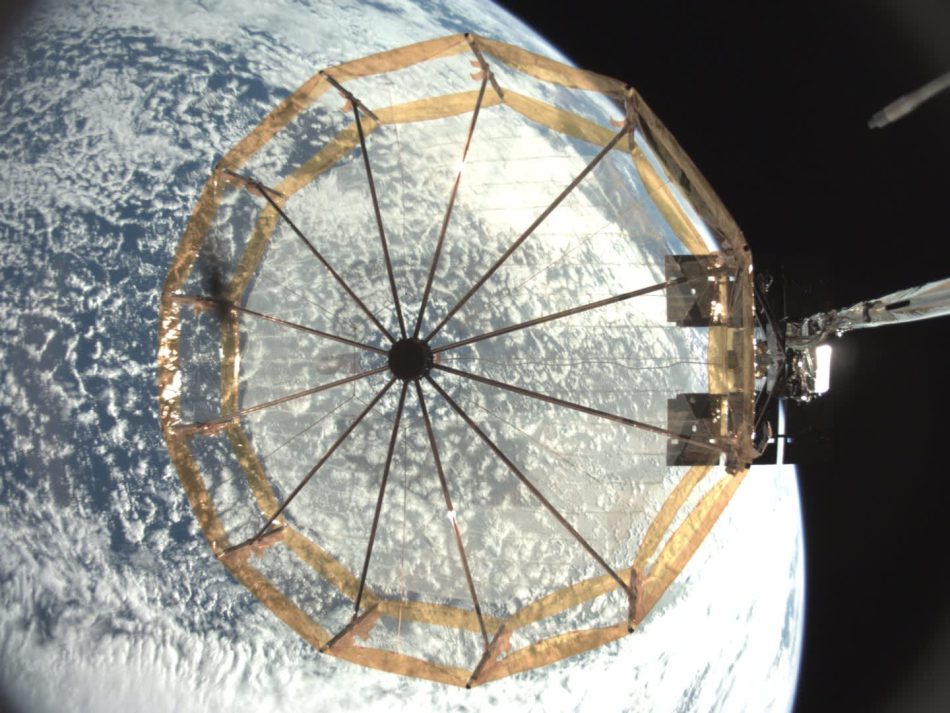
On August 30th, 2020 the company launched the 100kgs (220lbs) Capella-2 (aka Sequoia) SAR satellite, proving that the USA could produce the highest quality commercial SAR imagery in a fraction of the time and cost of traditional SAR satellite manufacturers. The satellite lifted off from New Zealand on a dedicated Rocket Lab Electron launcher that was originally supposed to be launched as a secondary payload on ISRO’s PSLV rocket in late 2019, but that mission was postponed, prompting Capella to move the satellite to a Falcon 9 rocket of SpaceX.
Sequoia was booked to fly as a passenger on a Ride-share mission on the Falcon 9 with Argentina’s SAOCOM 1B radar observation satellite in late March 2020. This launch was also delayed at the request of Argentine’s space agency (CONAE) as travel and work restrictions were implemented due to the COVID-19 pandemic.
In 2021 Capella received a 3 million USD research contract in support of the Space Development Agency’s National Defense Space Architecture.
On January 24th, 2021, the first two satellites of the Whitney constellation, Capella-3 (Whitney-1) and Capella-4 (Whitney-2) were launched on the Falcon 9 Transporter-1 Ride-share mission.
On May 16th, 2021, the Capella-6 (Whitney-4) SAR satellite was launched as a Ride-share on the Starlink-28 mission, conducted by launch operator SpaceX, from the Kennedy Space Center in Florida, USA.
In June, 2021 the Capella-5 (Whitney-3) satellite was launched as a Ride-share passenger on the Transporter-2 mission with the Falcon 9 launcher operated by SpaceX.
On January 13th, 2022 the Capella-7 en -8 satellites were launched on a SpaceX Falcon 9 rocket with the Transporter-3 Ride-share mission.
| Satellite | Mission | Launch Date | Launcher | Launch Operator |
| Capella-1 (Denali) | SSO-A | Mar 12th, 2018 | Falcon 9 | SpaceX USA |
| Capella-2 (Sequoia) | ‘I-Can’t-Believe-It-Is-Not-Optical’ | Aug 31st, 2020 | Electron | Rocket Lab NZ |
| Capella-3 (Whitney-1) | Transporter-1 | Jan 24th, 2021 | Falcon 9 | SpaceX USA |
| Capella-4 (Whitney-2) | Transporter-1 | Jan 24th, 2021 | Falcon 9 | SpaceX USA |
| Capella-5 (Whitney-3) | Transporter-2 | June 30th, 2021 | Falcon 9 | SpaceX USA |
| Capella-6 (Whitney-4) | Starlink 28 | May 16th, 2021 | Falcon 9 | SpaceX USA |
| Capella-7 (Whitney-5) | Transporter-3 | Jan 13th, 2022 | Falcon 9 | SpaceX USA |
| Capella-8 (Whitney-6) | Transporter-3 | Jan 13th, 2022 | Falcon 9 | SpaceX USA |
| Capella-9 (Whitney-7) | ‘Stronger-Together’ | Mar 16th, 2023 | Electron | Rocket Lab USA |
| Capella-10 (Whitney-8) | ‘Stronger-Together’ | Mar 16th, 2023 | Electron | Rocket Lab USA |
| Capella-11 (Acadia-1) | ‘We-Love-The-Nightlive’ | Aug 23rd, 2023 | Electron | Rocket Lab USA |
| Capella-12 (Acadia-2) | ‘We-Will-Never-Desert-You’ | Sep 19th, 2023 | Electron | Rocket Lab USA |
| Capella-14 (Acadia-4) | Bandwagon-1 | Apr 7th, 2024 | Falcon 9 | SpaceX USA |
| Capella-13 (Acadia-3) | ‘A-Sky-Full-Of-SARS’ | Aug 11th, 2024 | Electron | Rocket Lab USA |
| Capella-15 (Acadia-5) | Transporter-11 | Aug 16th, 2024 | Falcon 9 | SpaceX USA |
| Capella-16 (Acadia-6) | Transporter-12 | Jan 14th, 2025 | Falcon 9 | SpaceX USA |

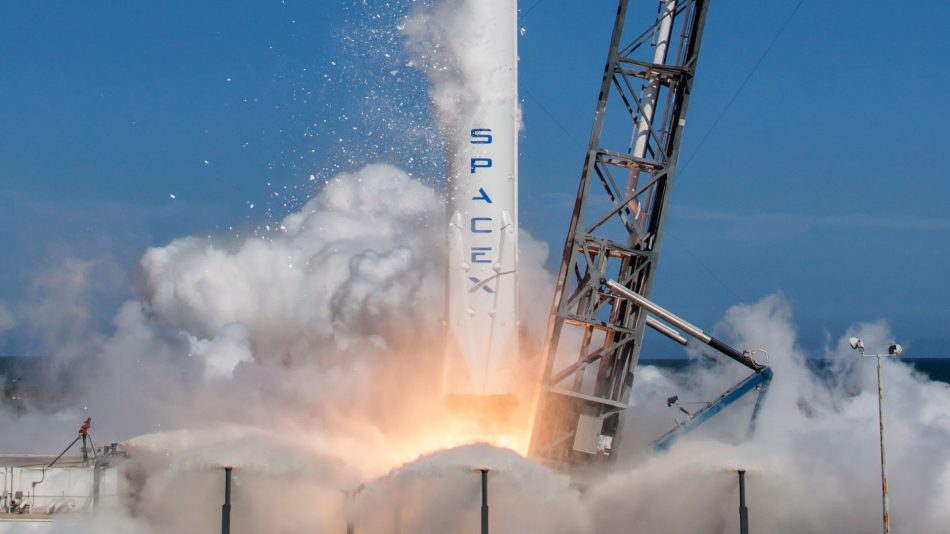
In November 2021 the company started with the integration of optical communications terminals on their SAR satellites for launch in 2022, as part of a campaign to quickly deliver data to DoD customers via the Space Development Agency’s (SDA’s) low Earth orbit constellation. Capella became the first commercial SAR company to demonstrate compatibility with the SDA’s National Defense Space Architecture and standards.
On August 10th, 2022 Capella introduced Acadia, the GEN3 of synthetic aperture radar (SAR) satellites. Acadia will boost radar bandwidth (500 MHz → 700 MHz), while also boosting resolution (slant range res @ 0.214m; ground range res @ 0.31m for standard look angles), and augmenting power by 40+% in its new fleet. Paired with the bandwidth boosts, the company will enable its customers to tap into more granular SAR imagery and see more details from space augmenting power by 40+% in its new fleet. Paired with the bandwidth boosts, Acadia will enable Capella’s customers to tap into more granular SAR imagery and see more details from space.
In January 2022 Capella was awarded contracts by the National Reconnaissance Office (NRO) and the USA Navy, to integrate Capella’s commercial radar imagery into the NRO’s government-owned surveillance satellites and Air Force’s virtual reality software.
In January 2023 the company raised 60 million USD growth equity financing from the U.S. Innovative Technology Fund. That fund was established last year by Thomas Tull, a billionaire former entertainment industry executive, to invest in technologies he felt critical for the country’s competitiveness. The funds will be used to accelerate the deployment of Capella’s constellation and meet growing demand for its synthetic aperture radar (SAR) satellite imagery.
On March 16th, 2023 launch operator Rocket Lab delivered two all-weather radar Earth observation satellites (Capella 9 & -10) into orbit for Capella Space using an Electron launcher lifting off from Wallops Island, Virginia USA. The launch was originally planned for March 11th but postponed due to bad weather and unfavorable upper-level winds.
On September 19th, 2023 satellite launch operator Rocket Lab launched the 3GEN Acadia SAR satellite for Capella Space. The rocket successfully completed a first stage burn and stage separation as planned. However, the ‘We-Will-Never-Desert-You’ mission failed, Rocket Lab’s first Electron rocket failure in more than two years. The satellite was lost in the mission.
All trademarks, logos and images mentioned and showed on this page are property of their respective owners.
Resources
www.capellaspace.com
www.nanosats.eu
www.n2yo.com
www.newspace.im
www.space.skyrocket.de
www.nextspaceflight.com
www.spacenews.com edition January 21st, 2020
www.spaceflightnow.com edition August 30th, 2020
www.spaceflightnow.com edition October 9th, 2020
www.wikipedia.org
www.spacenews.com edition November 9th, 2021
www.crunchbase.com
www.dnb.com
www.payloadspace.com August 10th, 2022
www.spacenews.com edition Jan 11th, 2023
www.spaceflightnow.com edition March 17th, 2023
www.satellitetoday.com edition September 19th, 2023
